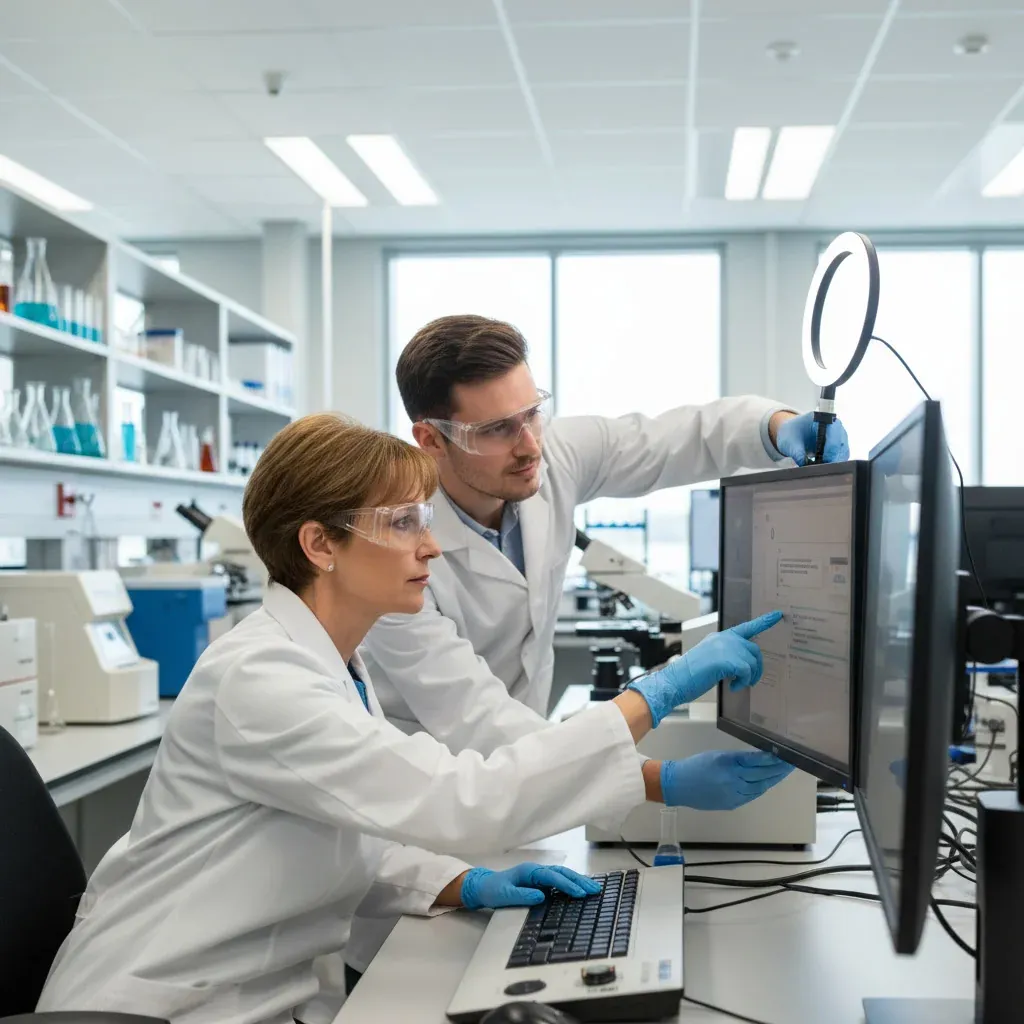
AI expected to make small discoveries by 2026, larger ones from 2028 onward
When a handful of AI researchers released their newest roadmap, they painted a picture of a slow-but-steady climb toward machine-driven insight. The brief, titled “AI progress and recommendations,” zeroes in on two short-term milestones: first, a stage where algorithms start to surface modest new findings, and later, a point where those same systems might take on heftier problems. Their forecast leans on the recent gains we’ve seen in large-language-model performance, yet they sprinkle in a fair dose of doubt, after all, predictions often miss the mark.
Over the past few years they’ve been watching this curve, noting that each generative-AI upgrade nudges the research frontier a little farther. According to their timeline, by around the middle of this decade AI could begin chipping in at the edges of discovery, with a more obvious breakthrough window opening perhaps a couple of years after that. This backdrop sets up the next statement, which spells out the exact years and confidence levels they attach to those expectations.
In 2026, we expect AI to be capable of making very small discoveries. In 2028 and beyond, we are pretty confident we will have systems that can make more significant discoveries (though we could of course be wrong, this is what our research progress appears to indicate). We've long felt that AI progress plays out in surprising ways, and that society finds ways to co-evolve with the technology. Although we expect rapid and significant progress in AI capabilities in the next few years, we expect that day-to-day life will still feel surprisingly constant; the way we live has a lot of inertia even with much better tools.
People keep asking if AI will actually start finding things on its own. The report I read suggests we might see tiny, proof-of-concept discoveries as early as 2026, and perhaps something more substantial after 2028. The authors themselves hedge their bets, saying the forecast leans heavily on today’s research momentum and could easily miss the mark.
Remember when the Turing test was finally passed? Nothing in daily life really shifted overnight - a good reminder that a breakthrough doesn’t always turn into an instant change. They also stress that we have a duty to guide this growing power toward something that lasts and helps many.
Still, moving from modest to bigger breakthroughs isn’t a sure thing; we don’t really know how fast the systems will scale. That’s why many policymakers and developers are being told to think about safeguards now, even as capabilities creep up. The overall feel is more cautious than celebratory - hopeful about the dates, but aware of the gaps.
So, treat the timeline as a guess, not a guarantee; its accuracy will hinge on variables the report barely touches.
Common Questions Answered
What timeline does the AI researchers' roadmap predict for AI‑made discoveries?
The roadmap forecasts that by 2026 AI will be capable of making very small discoveries, while more significant discoveries are expected to emerge from 2028 onward. These milestones are based on current trends in large‑language‑model capabilities.
Which evidence do the authors cite to support their confidence in AI progress?
The authors point to observed improvements in large‑language‑model performance as the primary evidence for their predictions. They argue that these trends suggest a modest but measurable climb toward machine‑driven insight.
How do the researchers qualify their optimism about AI’s future discoveries?
They acknowledge that their confidence could be misplaced, noting that the forecast relies on present research trends that might change. The report explicitly states that they could be wrong about the timing or magnitude of future AI breakthroughs.
What historical analogy do the authors use to illustrate that breakthroughs may not immediately affect daily life?
The authors reference the moment the Turing test was passed, highlighting that everyday life seemed unchanged despite the milestone. This analogy serves as a reminder that even significant AI advances may take time to translate into tangible societal impact.




